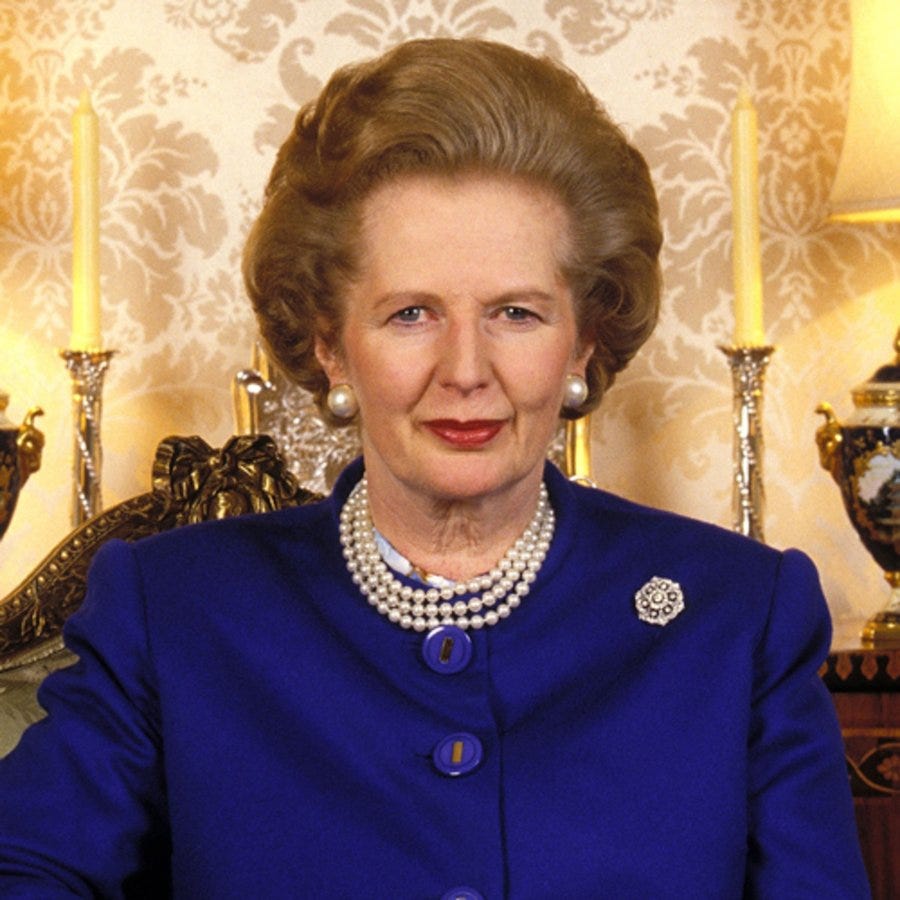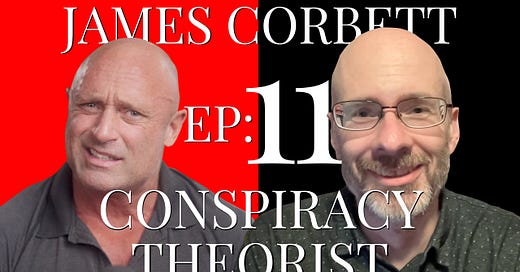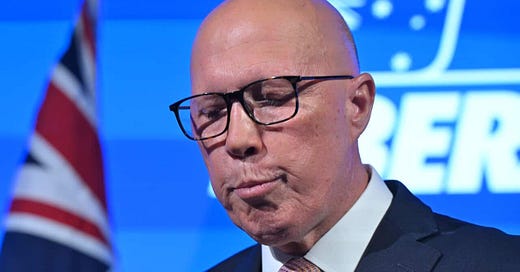
A Centre-Right National Strategy
In The Shrinking Forest, I outlined the problem, the cause of the problem and denounced the rent-seekers who cash-in on the problem. Then in ‘All Great Change Begins at the Dinner Table’, I emphasized the role of family, faith and free speech, and in How Christianity Informs Classical Liberalism, the connection between Christianity and liberty.
This fourth and concluding instalment is a solution.
The great author and philosopher Eric Hoffer once said, ‘Every great cause begins as a movement, then becomes a business, and eventually degenerates into a racket.’
Feeding, clothing and educating children are some of the key necessities a family provides. But we don’t tax people in order to set up government supermarkets to feed our children or government clothing stores to clothe them. Walk into any supermarket and see the incredible range of food and other essential goods available. Same with clothing … and motor cars.
So why do we do it for other services like education?
It costs Australian taxpayers approximately $20,000 pa to educate a student in a government school and $12,000 pa to educate a student in a non-government school.
With around four million school students in Australia, that adds up to nearly $70 billion pa. A big investment.
Considering the cost differential, and the fact non-government schools consistently outperform government schools in overall student performance, why doesn’t the government do more to encourage parents to send their children to non-government schools? It would allow parents to choose what is best for their children and at the same time reinforce the primacy of parents in the education of their children.
The same would apply to housing, public transport and many other services. Quality and range would improve.
This goes to the heart of what centre-right (CR) parties generally agree on – the primacy of the individual and the family over the government. CR parties believe governments are there to serve the people, not the other way around. They take the side of the people; the Left believes in the power of the state.
And while the Left has a global playbook to draw on – themes, tactics, language – the right does not.
Apart from a unique confluence of events and conservative leaders in the 1980s – Ronald Reagan, Margaret Thatcher and Pope John Paul II – the conservative Right is, globally, quite fragmented.
In Australia, the Left – Labor, Greens and Teals – are a lot more organised than the Right.
We need to get our act together.
Now it’s one thing to identify a list of structural problems, fixing them is a different matter.
To counter this ever-increasing influence of the Left over public policy, a Centre-Right National Strategy is sorely needed.
If the CR minor parties which, by and large, do genuinely believe in ‘family, faith and freedom’, are to counter the major parties, the Greens, left-of-centre minor parties and pseudo-independents, then they need to work more closely together.
At the last Federal election, the total CR vote in each state (NSW 12.3%, Vic 11.5%, Qld 15.6%, WA 11.5%, SA 10.8%, Tas 9.8%) would have been enough to get a senator elected in every state, yet only two out of six were elected – Queensland (One Nation) and Victoria (UAP).
One can only imagine how frustrating it must be for Pauline Hanson, Malcolm Roberts and Ralph Babet watching the Federal Parliament destroy society and the economy before their very eyes.
Standing at polling booths alongside other like-minded, CR parties made me think back to the 2013 Federal election.
The Coalition went to the 2013 election promising to abolish the carbon tax, abolish the mining tax and stop the boats. Upon election, seven (CR) Senate crossbenchers voted in support of these three key election pledges giving the Government the numbers it needed (33 + 7) to get its legislation passed. More about those numbers (33 + 7) shortly.
Following this successful endeavour, I met with then Prime Minister Tony Abbott and put to him what I called a 40–40–40 game plan – ‘40 votes (a Senate majority) to fix 40 years of unfinished business and set the nation up for the next 40 years.’ 40–40–40.
It had been 40 years since a Liberal Government under Malcolm Fraser had a majority in the Senate and squandered the opportunity.
Enlisting the support of Liberal Democrats Senator David Leyonhjelm, I tried to convince the Prime Minister and Senate Leader Mathias Cormann, as well as anyone who would listen, that the best way to get the Coalition’s policies through the parliament was to have more senators like us.
Needless to say, my suggestion was not taken up.
In fact, the exact opposite happened. The Coalition teamed up with the Greens (who voted against abolishing the carbon tax, mining tax and stopping the boats) and changed the Senate voting laws to get rid of those senators who had just supported them! As a result, and as predicted by John Howard, the Greens increased their number of Senate seats from 10 to 12, Labor increased its number of seats from 25 to 26, centre-left parties increased from 1 to 3, the Coalition lost a seat and the CR parties dropped from 7 seats to 3. From 33 + 7 (a CR majority) to 32 + 3 (a CR minority). A loss of 5 Senate seats.
If anyone out there can explain why the Coalition would do that, I’d love to hear from them.
On the policy front, as it now stands, we are faced with the following reality:
• Facts and figures no longer matter. The clearer the facts, the more they are ignored. Arithmetic, engineering, economics and, of course, common sense are out the window.
• Forums, podcasts and other intelligent conversations with world-leading authorities also no longer have any political effect. Again, logic and reason no longer matter.
To stop further descent into economic and social chaos, substantial political power is required.
As discussed last week, I would argue it is not possible to ‘break through’ all this. We have to ‘break with’. Forget facts and figures, logic and reason, we have to force the major parties’ hands through the brutal reality of balance-of-power politics.
Substantial political power could be achieved if the CR parties formed a single party bloc, namely a:
LIB-DEM ONE-NATION UNITED-AUST FAMILY PARTY Coalition.
As discussed above, at the last Federal election, the total CR vote would have been enough to get a senator elected in every state. That equates to 12 senators elected over the two-election Senate cycle.
Based on current levels of the primary vote, One Nation and UAP would have 4 of the 12 seats in the parliament, Libertarians 2, 1 seat for a Christian Family Party and 1 for the Shooters, Fishers and Farmers.
Having even one Senate seat gives a party a platform, a status, and a portal into the Federal Parliament for its members.
Working together, a twelve-seat Senate bloc would be a formidable political force.
The post A Centre-Right National Strategy appeared first on Liberty Itch.
















